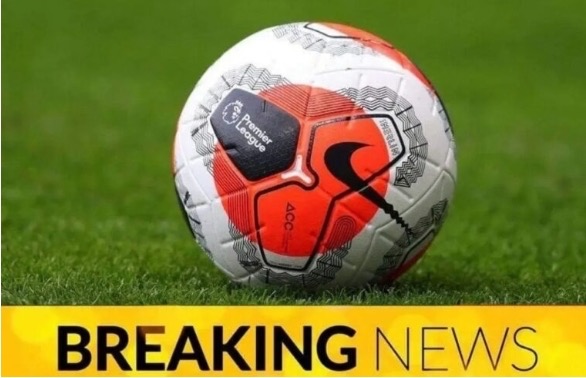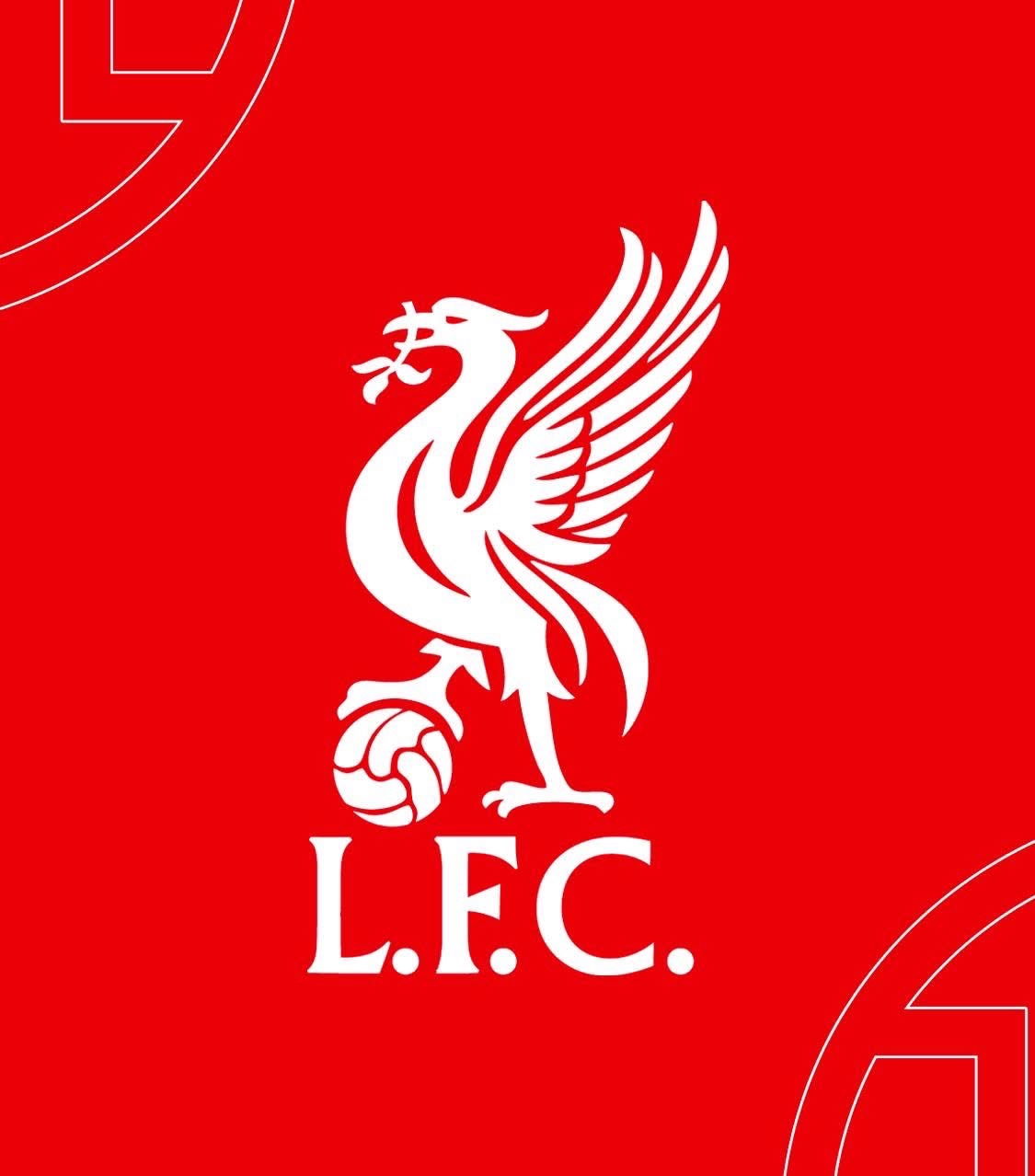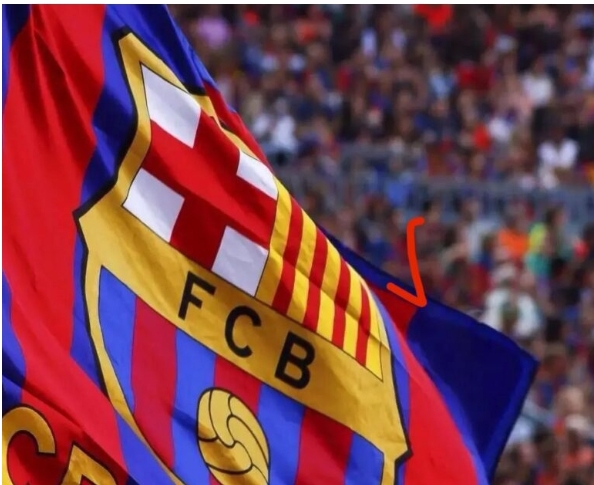As FC Barcelona gears up for a highly anticipated showdown tomorrow, all eyes are on head coach Hansi Flick and the bold decisions he may be about to make. The German tactician, still relatively fresh at the helm of the Catalan giants, appears poised to make significant adjustments to his starting lineup—moves that could redefine how Barça approach the game tactically.
With several players pushing for starting roles and others battling fitness concerns or inconsistent form, Flick is reportedly evaluating new combinations across the pitch. Two names have suddenly emerged as central figures in this evolving narrative: Toni Fernández, the young and promising talent climbing through the ranks, and Marcus Rashford, the experienced English international forward whose versatility offers Flick a fresh offensive option.
A New Face on the Left? Toni Fernández’s Potential Breakthrough Moment
Among the most notable rumors circulating in the Barça camp is the potential inclusion of Toni Fernández on the left wing, a role typically occupied by the fleet-footed Alejandro Balde. Balde, widely regarded as one of the most exciting young full-backs in world football, has been a regular starter since his breakthrough season. However, recent performances have raised questions about his consistency and overall impact, particularly in the final third.
Flick, known for his pragmatic yet daring tactical philosophy, is believed to be exploring alternative options for that left-sided channel. Toni Fernández, though still relatively untested at the highest level, has reportedly impressed the coaching staff in training sessions with his intelligence, agility, and confidence on the ball.
Unlike Balde, who primarily operates as a left-back pushing high up the pitch, Fernández brings a slightly different profile. He’s not just fast and technically gifted—he’s also a creative thinker who looks to cut inside, combine centrally, and threaten with direct dribbles or sharp diagonal passes. His background as an attacking midfielder means he has the vision to link up with the central playmakers while also exploiting wide spaces.
If deployed in the left-wing role, Fernández could provide a more nuanced attacking threat, especially against teams that tend to sit deep or pack the midfield. His presence could also allow Flick to deploy Balde in a more conservative role—or leave him out of the starting eleven entirely—to preserve defensive balance.
Such a move would be a strong message from Flick: that no position is guaranteed, and that talent, form, and tactical fit will dictate selections, not reputation or past accolades.
Rashford as the Lone Striker? A Potentially Explosive Move at No. 9
While the potential left-wing experiment with Fernández is intriguing, perhaps the more headline-grabbing development is the growing expectation that Marcus Rashford could start tomorrow as the central striker, occupying the coveted No. 9 role.
This would represent a significant change in approach from Flick, especially if he chooses to bench veteran striker Robert Lewandowski. The Polish goal machine, though still deadly in the box, has had a physically demanding start to the season and has shown signs of slowing down during certain matches. With fixture congestion always a concern, Flick might view this game as the ideal opportunity to test an alternative spearhead for his attacking unit.
Enter Rashford.
Traditionally known for playing on the left wing at Manchester United, Rashford has, over the years, also been used as a central striker—sometimes with great effect. His speed, directness, and ability to stretch defenses make him a constant threat, particularly on the counterattack or in transition-heavy matches.
Under Flick’s high-tempo, pressing-oriented style, Rashford could thrive as the lone forward. His ability to make runs behind the defensive line, coupled with his willingness to track back and contribute defensively, fits well into the modern striker mold—one that doesn’t just wait in the box but participates in buildup play and defensive phases.
Moreover, starting Rashford as the No. 9 could unlock new tactical combinations for Barcelona. Imagine him flanked by players like Raphinha and Lamine Yamal, with João Félix or Gavi floating just behind—that’s a front line built for fluidity, interchange, and relentless movement.
It also provides a potential solution to one of Barcelona’s recent tactical issues: the lack of verticality and unpredictability up front. Where Lewandowski often plays with his back to goal, Rashford could stretch play, force defenders to retreat, and open up spaces for midfielders to exploit.
Tactical Implications: A New System Emerging?
If Flick does indeed go with Toni Fernández on the left and Rashford through the center, it could signal a broader evolution in the way Barcelona intend to play under his leadership. Traditionally associated with possession-heavy, methodical buildup play, Barça under Flick may start to show more elements of verticality, counter-pressing, and positional flexibility.
Deploying Fernández on the wing adds a layer of unpredictability. He’s a different profile compared to traditional wingers—more akin to an inside forward or a roaming playmaker. This could allow Flick to experiment with asymmetrical formations, where one side provides width and the other operates more narrowly to overload central areas.
Rashford, meanwhile, doesn’t just offer pace. His presence forces defenders to respect the threat in behind, which in turn stretches the defensive line and creates more room for midfielders like Gündoğan, Frenkie de Jong, or Pedri to operate. This could result in a much more dynamic version of Barça’s 4-3-3, or even a shift to a 4-2-3-1 with Rashford as the spearhead and a rotating cast of attacking midfielders behind him.
There’s also a psychological angle. By trusting relatively untested players like Fernández and repositioning established stars like Rashford, Flick could be sending a powerful message to the rest of the squad: Perform or be replaced. It’s a merit-based system, and that could reignite competitiveness across all positions.
Fans Divided, But Curious
As always, any deviation from the expected lineup triggers debate among the fans. Social media platforms have lit up with speculation, mock lineups, and spirited arguments. While some supporters are excited to see younger talents like Toni Fernández given a real opportunity, others worry that pushing aside players like Balde or Lewandowski—who have delivered in the past—could backfire in crucial moments.
Still, there’s a growing understanding that for Barcelona to reclaim their dominance both domestically and in Europe, calculated risks must be taken. Fresh ideas, bold rotations, and tactical adaptability are essential in today’s elite football landscape.
If tomorrow’s match does indeed see these experimental changes come to life, it could mark the beginning of a new tactical chapter for Barça under Flick’s regime—one that blends experience with youth, and tradition with innovation.
Final Thoughts: A Defining Game in the Flick Era?
As Barcelona prepare to take the field, Hansi Flick’s decisions will be closely scrutinized—not just for the short-term result, but for what they reveal about the club’s direction. The inclusion of Toni Fernández and Marcus Rashford in key attacking roles could either be the beginning of a bold new era or a gamble that invites criticism.
One thing is certain: Flick is not afraid to make unconventional choices. Whether these choices bring success will depend on execution—but the willingness to challenge the status quo might be exactly what Barcelona needs right now.






